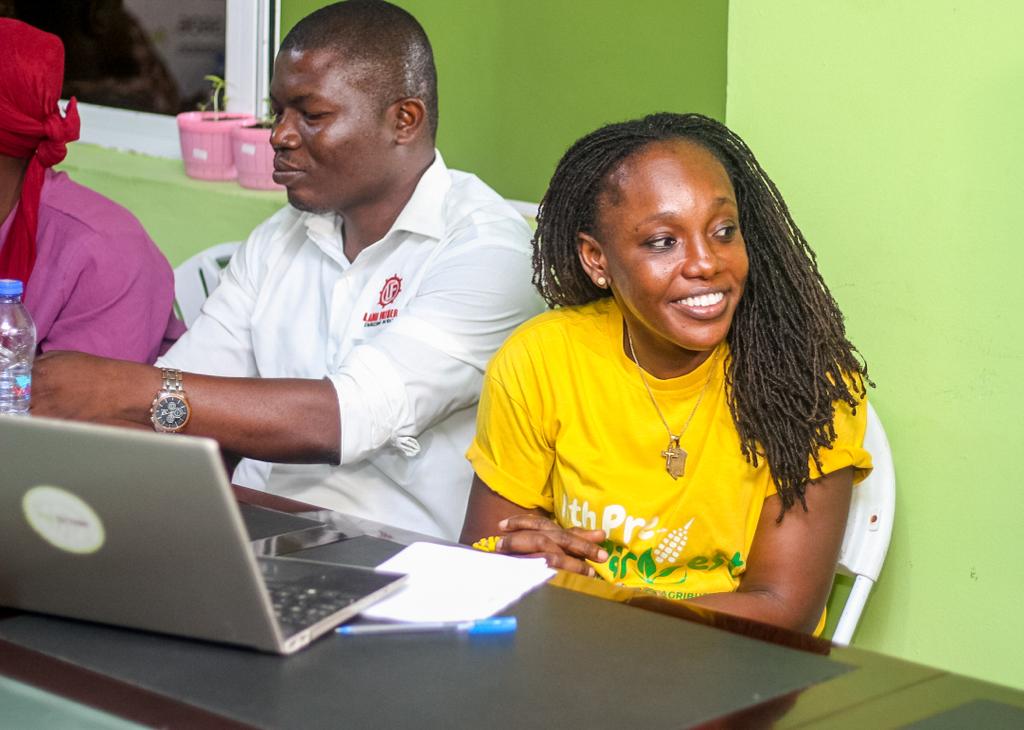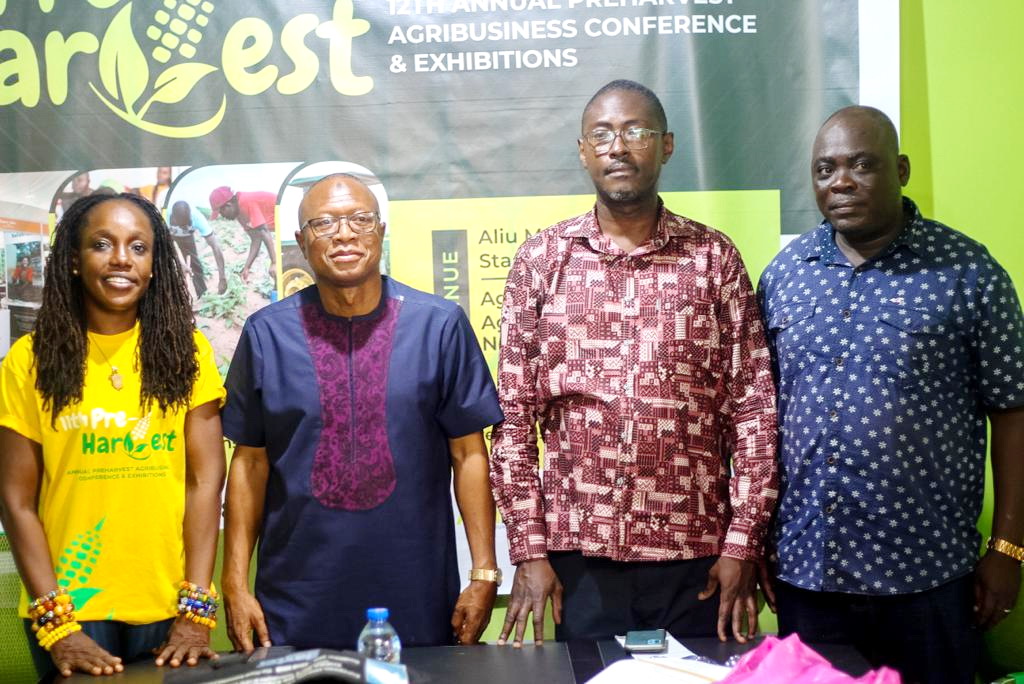Agrihouse Foundation a local agricultural advocacy organization that build capacity for farmers and other key players in the agricultural industry has launched its annual agricultural fair at its Head office at Dzorwulu in Accra.
The 3-day event which will take place from 18th to 20th October at Aliu Mahama Sports Stadium in Tamale is on the theme, “Connecting the Unconnected ; The Farmer, The Marketer and The buyer.”
Speaking after the launch, the CEO of Agrihouse Foundation, Alberta Nana Akyaa Akosa, said the annual Pre-Harvest Conference and Exhibition is one of her organization’s major interventions in the agricultural sector in Ghana .
She added that this year’s event is to strengthen market connectivity for the farmers.

Background
The pre-harvest event was initiated under phase 1 of the USAID’s ADVANCE project in 2011 as a market linkage activity linking farmers to buyers.
Activities at the Pre-harvest event comprises commodity breakout sessions, training sessions, panel discussions, field demonstrations and exhibitions.
The event has since grown to become the leading market linkage platform in the country, and has also lived up to its overall goal of creating markets and linking farmers to buyers.
It is estimated that, over 5 billion USD of businesses has been generated over the years, through the event.
In the past 11 years, the Pre-harvest event, has brought together over 100,000 value chain actors and stakeholders, among whom are; farmer groups, buyers, development partners, policy makers, agribusinesses, ICT and aggregators.
Others include; input dealers, equipment and machinery dealers, transporters, and financial institutions, telecommunication companies, out growers, civil society and processors.
Last year, over 3000 stakeholders participated in all the 3-day sessions, and survey conducted, indicated, a high interest in participation for this year and subsequent years, due to the relevance of the sessions and activities.
Direct activities from Pre-harvest over the years [2017-2021] has resulted in an increase in productivity of between 25 per cent to 75 per cent, among maize and soybean farmers who adopted improved agronomic techniques.
Farmer based organizations have been linked to aggregators and WFP-assisted industrial agro-processors who have purchased 14,000 MT of soybean and 31,000 MT of maize from the farmers.
The event has become a leading facilitator in the area of finance, fertilizer, seed production, machinery, climate-smart agriculture, and technology for agricultural organizations.
For instance, report on the 2019 event showed that about 70 business deals were made during the Exhibition. More than GHC32,420,745 were sold and bought.
The event has since grown to become the leading market linkage platform in the country; creating markets and linking farmers to buyers through: Exhibitions, Farmer to Buyer Matchmaking, Field and Training Demonstration, Training and Capacity building sessions and the new addition – Farmer to Farmer Apprenticeship Program.
In the past 11 years, Pre-harvest Exhibition and Conference has brought together over 100,000 value chain actors and stakeholders, and has generated over 5 billion USD of businesses for farmers, aggregators, input dealers, processors, equipment and machinery dealers, transporters, financial institutions, telecommunication companies, out growers, and service providers in ICT.
Civil society organizations, development partners and policy makers continue to participate in the event.
Socio-economic Impacts of Pre-harvest over the years
Last year, over 3,000 stakeholders participated in all the 3-day sessions, and survey conducted, indicated, a high interest in participation for this year and subsequent years, due to the relevance of the sessions and activities.

Direct activities from Pre-harvest over the years [2017-2021] has resulted in an increase in productivity of between 25 per cent to 75 per cent, among maize and soybean farmers who adopted improved agronomic techniques.
Farmer based organizations have been linked to aggregators and WFP-assisted industrial agro-processors who have purchased 14,000 MT of soybean and 31,000 MT of maize from the farmers.





